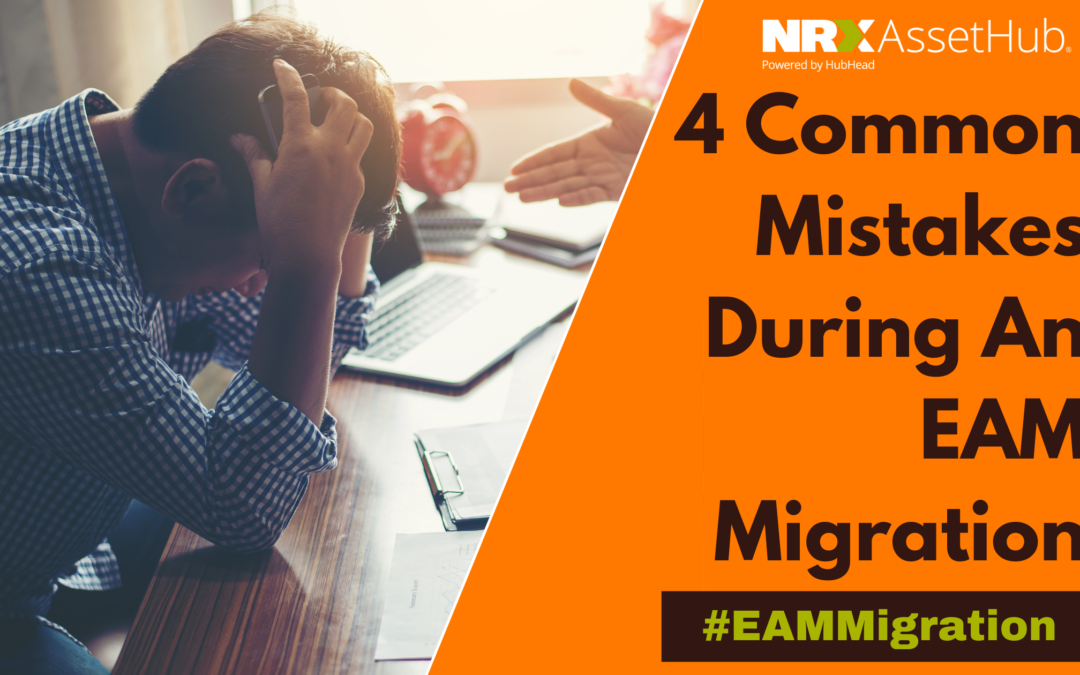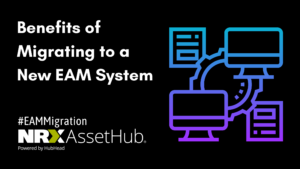An EAM migration is a sensitive process where a multitude of things could go wrong. Oftentimes companies don’t even realize that they’re making mistakes until it’s too late. They also may go into an EAM migration with completely different expectations than what they should have. Setting realistic expectations and preparing for potential challenges is all an important part of EAM migration planning.
To help you do so, here are a few common mistakes that businesses may make during the migration process.
Not Testing the Migration of Master Data
When conducting an EAM migration, it’s important to make sure that asset and maintenance master data is getting transferred and set up correctly in the new system. Not leaving enough time to test and verify the master data migration process can result in errors and data loss. It also makes it difficult to pinpoint and correct problems if they do occur.

Migrating Poor Asset and Maintenance Master Data
When poor quality data is loaded into your new EAM system, you will not be able to fully reap the benefits of your new system. Instead, you will transfer over all of your problems from the old system and perhaps even amplify them further. Your system is ultimately only as good as the asset data that’s in it, and there is no point in migrating to a new EAM system if asset data isn’t cleansed beforehand. For example, it’s important to make sure that unneeded decommissioned assets aren’t transferred to the new system.
Not Seeking Expert Help
Many companies may underestimate the work that goes into migrating EAM asset and maintenance data and the time and planning that it takes to execute it properly. Involving experts who understand asset and maintenance master data in the process is beneficial. Experts need to have a clear understanding of both the source system and its master data structures as well as the new EAM system and its master data structures. Consultants deploying a new ERP or EAM system typically don’t have these skills.
Failure to Establish Standards In Your Asset Hierarchy
Adopting a new standard for your asset hierarchy after assets have already been loaded into your new EAM system is difficult and labour intensive. This is why a migration is the perfect time to do adopt an asset hierarchy standard. Adopting an asset hierarchy based on an international standard such as ISO-14224, RDS-PP or KKS is very beneficial. Many future maintenance and reliability initiatives like automated scheduling, asset performance management (APM), condition based monitoring, predictive maintenance and digital twins rely on having a well-organized process oriented asset hierarchy in place.
How We Can Help
HubHead’s solutions and services can help you improve and migrate your EAM asset and maintenance master data efficiently. Contact us to find out more.
Benefits of Migrating to a New EAM System
How Do you Know if your EAM Migration was Successful?
Your EAM Migration Failed, Now What?
Share this article




